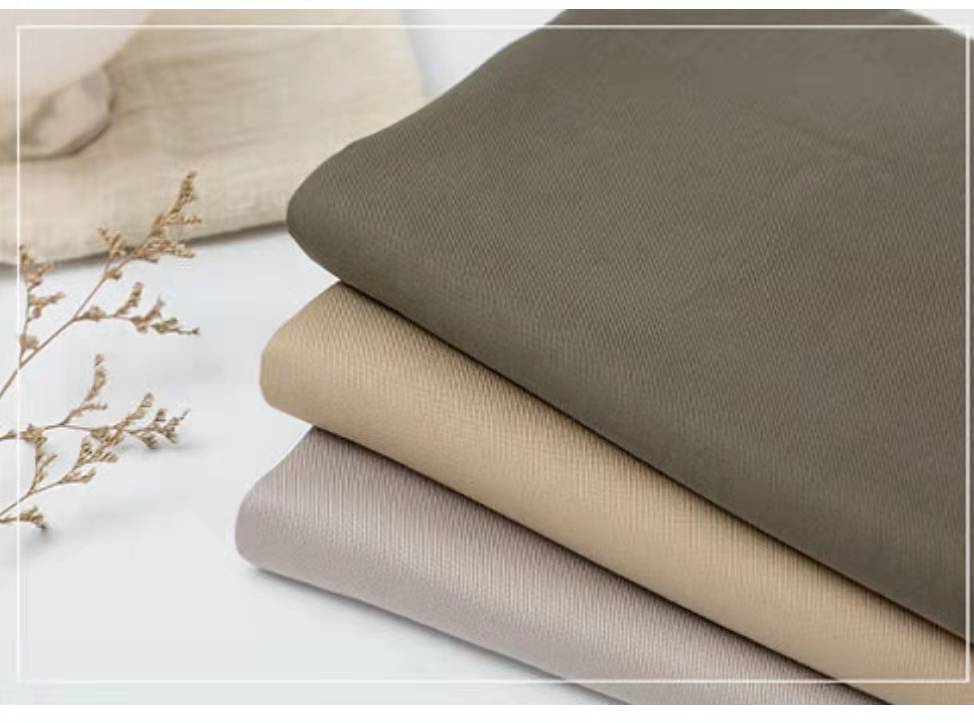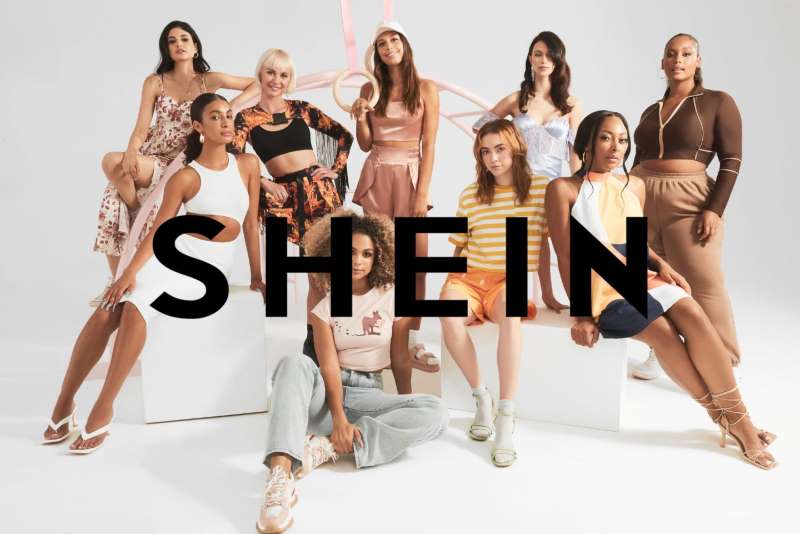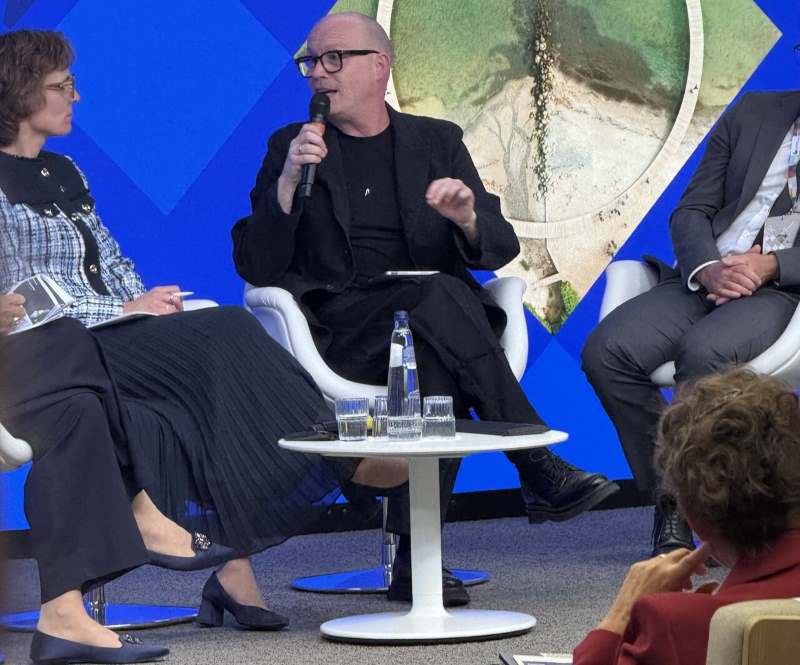
The recent job cuts announced by Lenzing, a pioneer in sustainable cellulosic fibers, are a stark reflection of the complex challenges facing Europe's textile industry. While the global fiber market is growing, this growth is overwhelmingly driven by low-cost, high-volume production of synthetic fibers, primarily polyester, in Asia. Lenzing's struggles are a wake-up call, highlighting a fundamental disconnect between consumer aspirations for sustainability and the economic realities of a market dominated by fast fashion and price competition.
A tale of two realities
The global textile fiber market is projected to reach approximately $63.42 billion by 2030, growing at a Compound Annual Growth Rate (CAGR) of about 4.5 per cent from 2025. This growth is led by rising populations and incomes in emerging economies. However, this growth is not evenly distributed. The market is bifurcated into two distinct segments:
Synthetic fibers: This segment, led by polyester, holds the largest market share. In 2024, polyester production reached an estimated 78 million tons, accounting for nearly 60 per cent of all textile fibers. Its dominance is due to its low cost, versatility, and durability, making it the material of choice for the fast fashion industry.
Man-Made Cellulosic Fibers (MMCFs): This category, which includes Lenzing's flagship products like Lyocell (Tencel), is a smaller, more specialized market. While the Lyocell market is growing, due to a desire for sustainable alternatives, its market size was only about $1.12 billion in 2024. The high production costs of these fibers limit their large-scale adoption, particularly in price-sensitive markets.
The disparity in market share and scale between these two categories is profound. While Lyocell is celebrated for its eco-friendly credentials (derived from wood pulp, a renewable resource, and produced in a closed-loop system), it struggles to compete on price with polyester. This price gap is a major barrier for consumers and brands alike.
Lenzing's financial tightrope
Lenzing's financial performance showcases the pressure from this market dynamic. While the company has seen some recovery, it continues to face headwinds.
Table: Lenzing group financial data (2024-2025 H1)
Indicator H1 2024 H1 2025 Revenue €2.66 bn €1.34 bn EBITDA €395.4 mn €268.6 mn Net Result after Tax -€138.3 mn €15.2 mn Employees (FTE) 7,816 7,712
Despite a positive net result in the first half of 2025 and a successful performance program, the company’s need for further measures to respond to the lack of market recovery and the intense competition in Asia points to a deeper systemic issue. The announced layoffs of up to 500 jobs at its Austrian headquarters underscore the company's efforts to optimize its cost structure and remain competitive.
The outsourcing of administrative functions to countries like the Czech Republic and India further demonstrates the need to cut costs to an extent not previously seen, even for a company with a strong brand and a reputation for sustainability.
The rise of China and the challenge of industrial policy
China's role in the global textile landscape is an important factor in Lenzing's predicament. China is not only the world's largest exporter of textiles but has also become a major producer of chemical fibers, including viscose, a direct competitor to Lenzing's products.
Manufacturing prowess: China has developed a complete and vertically integrated textile supply chain, from raw materials like cotton and chemical fibers to finished garments.
Government support: State-driven initiatives, such as the "Made in China 2025" plan, have prioritized the development of high-end, intelligent, and green manufacturing, further boosting the sector.
Cost advantage: Lower labor costs, economies of scale, and efficient supply chains give Chinese manufacturers a significant competitive edge in global markets.
This has created a challenging environment for European producers like Lenzing. While brands in Europe and North America increasingly demand sustainable materials, the vast majority of textiles are still produced and consumed within a system that prioritizes speed and low cost, a model China has perfected.
The aspiration-action gap
A study by GlobeScan in Europe found a gap between consumer aspirations for sustainable fashion and their actual purchasing behavior. While 71 per cent of consumers expressed a desire to shop more sustainably, the primary barrier was the higher cost of sustainable fashion (cited by 41 per cent of respondents).
|
Barrier to Sustainable Fashion in Europe |
% of Consumers (Aspirants) |
|
Higher cost |
41% |
|
Difficulty identifying sustainable items |
27% |
|
Not knowing where to shop |
24% |
|
Lack of knowledge |
21% |
|
Skepticism about claims (greenwashing) |
19% |
Source: GlobeScan, 2025. Based on a survey of Gen Z and Millennial consumers in France, Germany, Italy, Sweden, and the UK.
This data reveals the core issue, the ‘green premium’. Consumers want to make better choices but are often unwilling or unable to pay the higher price required to support sustainable production models like Lenzing's. This puts companies like Lenzing in a difficult position, caught between high operating costs in Europe and the pressure to compete with a global market that values affordability above all else.
A wake-up call or the end of an era?
Lenzing’s situation is more than a simple business downturn; it's a symptom of a larger systemic failure. It’s a wake-up call for Europe. The continent cannot simply rely on green marketing and consumer goodwill to sustain its industrial base. What's needed is a concerted effort that combines:
New business models: Companies must innovate beyond the linear model of fast fashion. This includes embracing circularity, product-as-a-service, and on-demand manufacturing to reduce waste and create value in new ways.
Real transformation: The entire value chain, from raw material sourcing to retail, needs to be re-evaluated for sustainability and efficiency, rather than just relying on marginal improvements.
Industrial policy: Governments must play a role in creating a favorable environment for sustainable production. This could involve targeted subsidies, favorable regulations that penalize unsustainable practices, and investments in research and development to reduce the cost of eco-friendly materials.
Without such a strategic shift, Lenzing's predicament could very well be the beginning of the end for European fiber production, ceding the market entirely to low-cost Asian competitors. It poses a fundamental question: can Europe's commitment to sustainability translate into a viable economic model, or is it destined to be a niche luxury, disconnected from the realities of the global marketplace? The clocks are indeed ticking.











